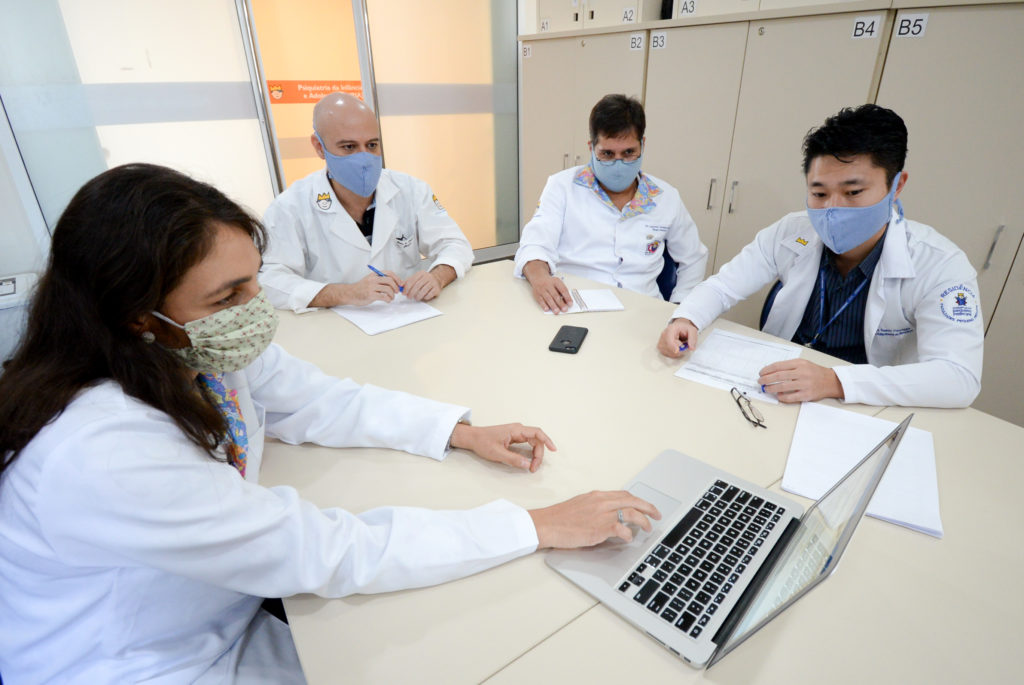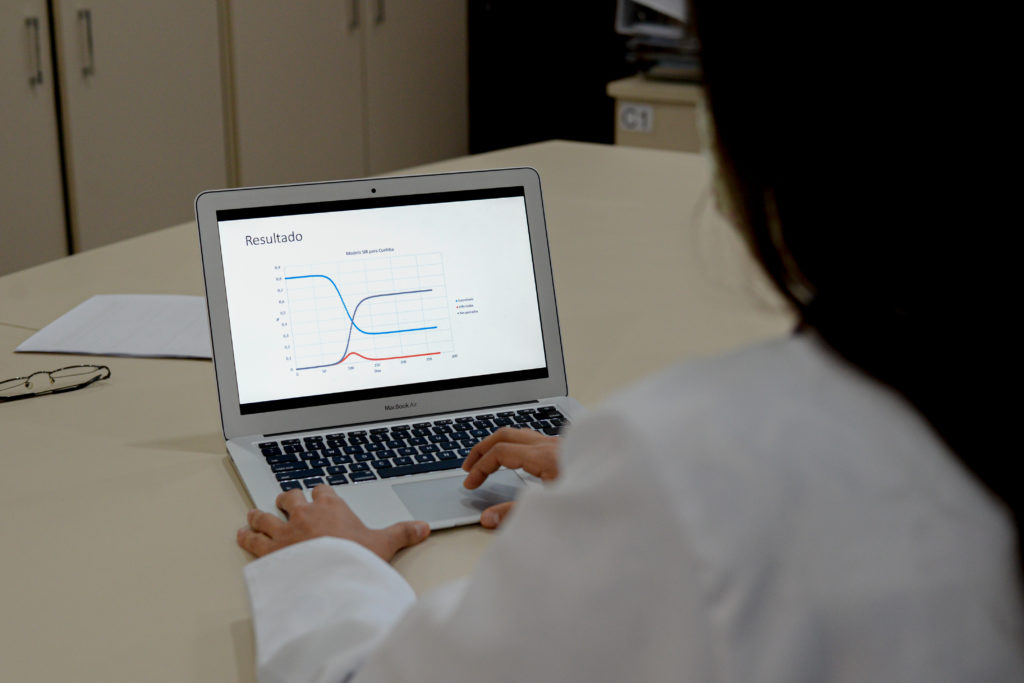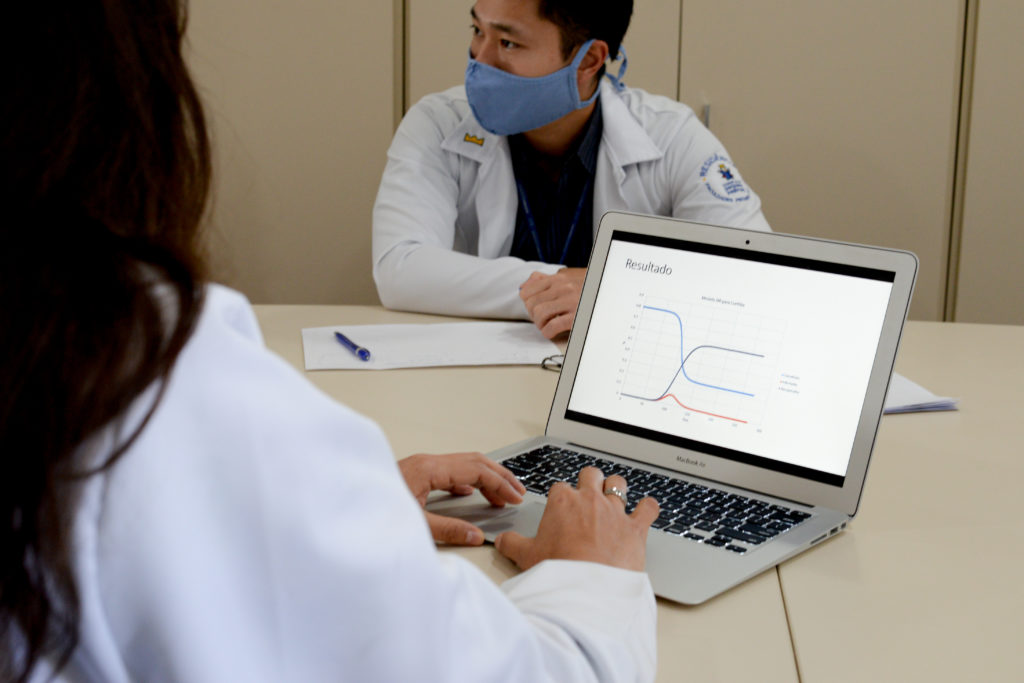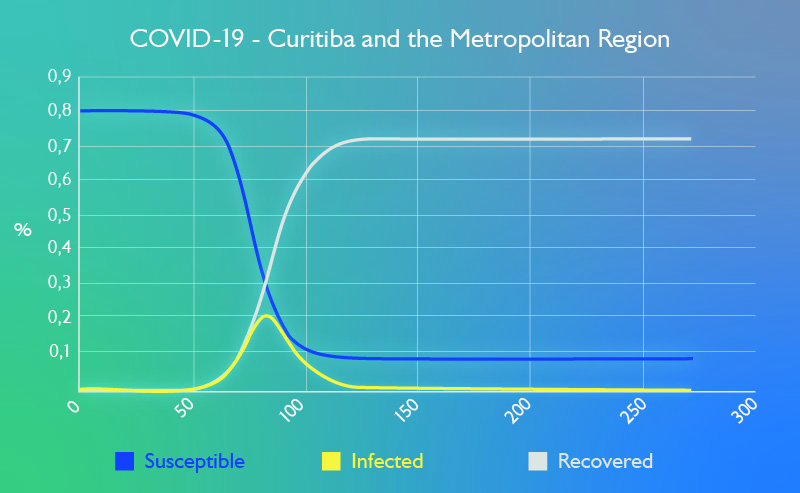Pequeno Príncipe develops a tool to foresee demand for ICU beds in coping with COVID-19
Based on mathematical modeling, instrument creates strategic intelligence to support Hospital management

Predicting the number of ICU beds to assist children and adolescents who may need this kind of support in coping with COVID-19 has been a major challenge for health managers worldwide. At the Pequeno Príncipe, the largest pediatric hospital in Brazil, the Quality Management Office developed a tool to foresee this need, considering the population of Curitiba (state of Paraná) and the Metropolitan Region, without leaving other patients who still need high complexity care unattended.
“We seek to create strategic intelligence to efficiently support the management of the Hospital, predicting the number of pediatric ICU beds that will be needed in our region and assisting in the construction of a consistent contingency plan for patient care, according to the bed occupation rate,” explains the doctor coordinator of the Quality Department and the Clinical Research Center of Pequeno Príncipe Hospital, Fábio Motta.
The executive director of the Hospital, Ety Cristina Forte Carneiro, says that the model was presented to municipal and state managers, to contribute to public management. “In our institution, we already have 68 ICU beds and we can quickly implant ten more, as we have enough room, equipment and teams. This tool also helped us to define the amount of Personal Protective Equipment (PPE) and alcohol consumption, for example, needed for the peak moment,” she exemplifies.

Dynamic calculations
Considering the pace of the pandemic’s evolution in Curitiba and the Metropolitan Region in the week of May 4, projections on this date indicate that the peak of COVID-19 should occur in July. The model take into consideration three scenario possibilities to calculate the number of patients and the need for beds. In the base scenario, each infected person is considered to infect two other people. In the conservative scenario, the contamination rate drops to 1.7 people and, in the more daring scenario, each infected person would infect three others.
“Considering the base scenario – which has been shown to be the most appropriate for our region –, we estimate that the health system may need up to 30 pediatric ICU beds. In the worst case scenario, the need for ICU beds can reach 225. However, we emphasize, once again, that the model is dynamic, is associated with several factors – especially the practice of social distancing – and allows us to constantly review the path that the pandemic is taking in our region,” observes Motta.

Model
The mathematical model used was the dynamic transmission SIR (Susceptible – Infected – Recovered), in accordance with the recommendations of the International Society of Pharmacoeconomics and Outcomes Research and of the Society for Medical Decision Making (Pitman et al., 2012). “In the case of COVID-19 infection, we work with an epidemiological clinical logic that the population of susceptible people decreases and the one of recovered people increases as the pandemic advances. The infected population should show an increasing number of cases and, after reaching the peak, a decrease,” highlights the leading pharmacist at the Quality Management Office, Lucas Okumura.
The graph below shows how the model works. The behavior of the yellow curve enables the prediction of critical points for the contingency plan, such as the speed of growth, the date and number of people infected at the epidemiological peak and the possible point of reduction of social distancing (on the blue curve). “In this way, we show scientific and assistance capacity to face the COVID-19, in addition to remaining active in other pediatric clinical conditions,” reinforces Motta.

More
Ovo Project supports the Pequeno Príncipe Hospital
Initiative, which has the support of Vogue magazine, addresses proceeds of donations to institutions that work to combat the coronavirus
COVID-19 Report
Until 10 a.m. on May 8, the Pequeno Príncipe Hospital assisted 104 suspected cases of the disease, eight of which were confirmed




